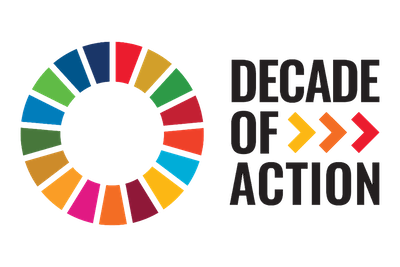This policy brief aims to enhance understanding of the key features of planning, developing, operating, and maintaining resilient and inclusive infrastructure. This brief highlights the gaps in current approaches to infrastructure development and suggests potential pathways to bridging these gaps.
This policy brief makes the following recommendations:
This manual was developed under the project “Operationalizing Impact-based Forecasting and Warning Services (IBFWS)”, to support the capacity of the Viet Nam Meteorological and Hydrological Administration (VNMHA) to provide impact-based forecasting and early warning services. The objective is to introduce impact-based forecasting and the substantive steps for producing an impact-based forecast, with a focus on the local context of Viet Nam. This will be covered over 3 modules in the training manual.
Impact-based forecasting signals an evolution from “what the weather will be” to “what the weather will do” and thus bridges the gaps between national weather services and the end users such as disaster risk management and development sector communities. It is a user-friendly way of communicating the climate risk information to support risk-informed and strategic decision-making for enhanced preparedness and in-season policy interventions.
The Ready for the Dry Years publication series has been a part of joint efforts between ESCAP and ASEAN to support Member States to prepare for intensifying drought risk, by assessing patterns of drought hazard exposure and vulnerability, highlighting drought impacts, and assessing future drought risks in the decades ahead. The second edition of the Report was launched at the ASEAN Ministerial Meeting on Disaster Management, which was held virtually on 27th November 2020.
The COVID-19 pandemic has made it clear that biological and natural hazards intersect with each other and increase the complexity of overall disaster impacts on populations and economies. But disaster management and risk analytics have been slow to capture the intersections of natural and biological hazards or capture the dimensions of interconnectedness and cascading effects to the social, economic, and environmental ecosystems.
ESCAP has developed the “National SDG Tracker” to enable countries to use their own data, indicators and targets and assess their progress towards the SDGs. This manual is developed as a step-by-step guide for users of the National SDG Tracker in finalizing their national indicator set, preparing their data on the Tracker and producing progress assessments.
ESCAP has developed the “National SDG Tracker” to enable countries to use their own data, indicators and targets and assess their progress towards the SDGs. This manual is developed as a step-by-step guide for users of the National SDG Tracker in finalizing their national indicator set, preparing their data on the Tracker and producing progress assessments.


